Determination of the Content of α-Hydroxy Acids in Cosmetics by HPLC
DOI: 10.23977/analc.2024.030109 | Downloads: 46 | Views: 1373
Author(s)
Ying Meng 1,2, Yufeng Zhang 2, Linlin Chen 1, Weihong Gao 1, Danni Wang 1, Xin Chen 1
Affiliation(s)
1 School of Management, Liaoning University of International Business and Economics, Dalian, Liaoning, China
2 School of Management, Department of Computing, Rattana Bundit University, Bangkok, Thailand
Corresponding Author
Ying MengABSTRACT
A HPLC method was established for the determination of 10 α - hydroxy acids, glucuronic acid, tartaric acid, glycolic acid, malic acid, l actic acid, citric acid, 2-hydroxybutyric acid, mandelic acid, diphenylethanoic acid and hydroxyoctanoic acid in cosmetics. The sample was separated on the CAPCELL PAK C18 MG column(4.6×250,5μm),with 0.1 mol / L diammonium hydrogen phosphate solution as mobile phase. The flow rate was 1 mL•min-1, and the column temperature was 25 ℃. Linearity of glucuronic acid, tartaric acid, glycolic acid, malic acid, lactic acid, citric acid,2-hydroxybutyric acid, mandelic acid, diphenylethanoic acid and hydroxyoctanoic acid standards were established within the range of 103.5~2070 μg•mL-1,65~1300 μg•mL-1, 101.5~2025 μg•mL-1, 113.35~2025 μg•mL-1, 113.35~2267 μg•mL-1, 250~5000 μg•mL-1, 105~2100 μg•mL-1, 126.35~2527 μg•mL-1, 2.96~59.2 μg•mL-1,3.1~62 μg•mL-1, and 105.75~2115 μg•mL-1 with the correlation coefficient above 0.997 respectively. The average recoveries were 90.46%-96.48%,90.13%- 100.16%, 92.81%-98.73%,92.84%-97.74%,94.11%-100.17%,86.73-115.12,90.13-98.99,87.04-96.73,90.23-95.41,92.54-96.55and91.76-100.44 ,respectively. Tartaric acid and malic acid were not detected in four samples. The contents of hydroxyacetic acid were 3.31%-10.02%. The content of lactic acid was 1.51% in one sample. The content of citric acid was 0.03% in one sample. In 10 batches of samples, α - hydroxy acid, glucuronic acid, tartaric acid, glycolic acid, malic acid, mandelic acid and diphenyl alcohol acid were not detected. The content of lactic acid S11 was 1.57%, citric acid S1 and S2 were 0.22% and 0.17%, 2-hydroxybutyric acid S1 and S8 were 2.71% and 1.47%, and hydroxyoctanoic acid S11 was 0.12%. All 12 kinds of cosmetics were qualified and did not exceed the national content requirements. The method is simple, sensitive and reproducible, and can be used for the determination of α - hydroxy acid in cosmetics.
KEYWORDS
Cosmetics; Alpha-hydroxy acids; Glucuronic acid; Citric acid; 2-hydroxybutyric acidCITE THIS PAPER
Ying Meng, Yufeng Zhang, Linlin Chen, Weihong Gao, Danni Wang, Xin Chen, Determination of the Content of α-Hydroxy Acids in Cosmetics by HPLC. Analytical Chemistry: A Journal (2024) Vol. 3: 46-53. DOI: http://dx.doi.org/10.23977/analc.2024.030109.
REFERENCES
[1] Ministry of Health of the People's Republic of China. Hygienic Standard for Cosmetics [M]. 2007.
[2] Liang Jiaqi. Overview of α-Hydroxy Acid Application Patent Technology in Cosmetics. [J]. Journal of Shandong Chemical Industry. 2020, 49(14): 70-71+76.
[3] Liang Xue. Application and Research Progress of Plant Extracts in Anti-Aging Cosmetics. [J]. Journal of Taiyuan University of Technology. 2009, (10): 66-67.
[4] Hygienic Standard for Cosmetics [S]. 2007: 248.
[5] Sun Jun, Shen Lu, Li Hao, et al. Overview of Cosmetic Safety Evaluation in the United States and Its Implications. China Pharmacy [J]. 2015, 26(19): 2604-2607.
[6] Lu Chun, Yu Xiaoping, Huang Guangrong, et al. Simultaneous Detection of Six Hydroxy Acids in Cosmetics by High-Performance Liquid Chromatography. Daily Chemical Industry [J]. 2009, 39(05): 361-364.
[7] Sun Wenshan, Tian Furui, Wang Xuqing, et al. Determination of Five α-Hydroxy Acids in Cosmetics by High-Performance Liquid Chromatography. Fragrance & Flavor Cosmetics [J]. 2012, (05): 25-28.
| Downloads: | 1377 |
|---|---|
| Visits: | 77180 |
Sponsors, Associates, and Links
-
Forging and Forming
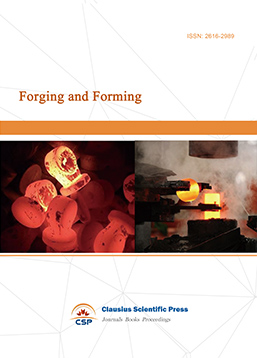
-
Composites and Nano Engineering

-
Journal of Materials, Processing and Design
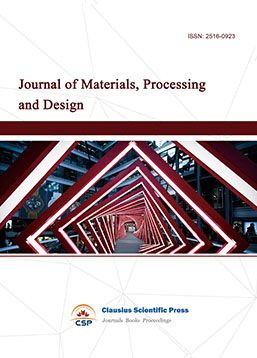
-
Metallic foams
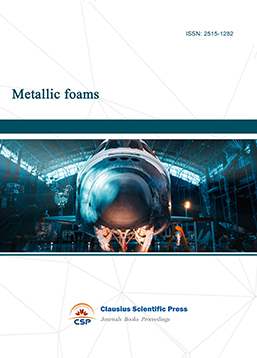
-
Smart Structures, Materials and Systems
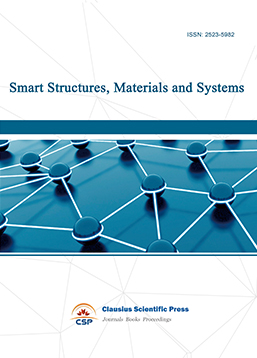
-
Chemistry and Physics of Polymers
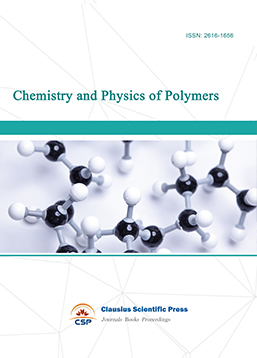
-
Modern Physical Chemistry Research

-
Inorganic Chemistry: A Journal
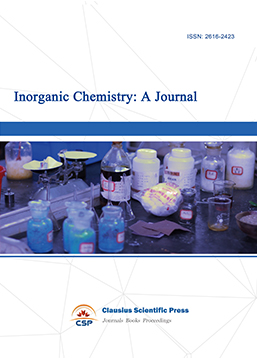
-
Organic Chemistry: A Journal
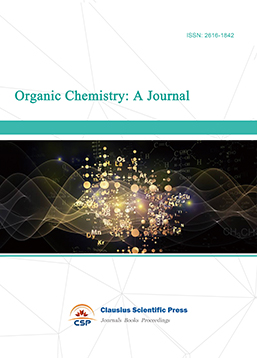
-
Progress in Materials Chemistry and Physics
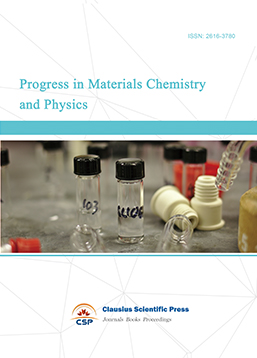
-
Transactions on Industrial Catalysis
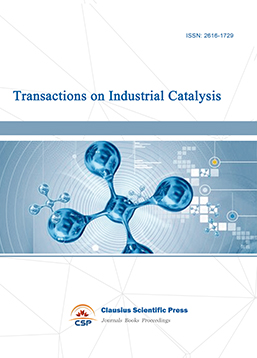
-
Fuels and Combustion
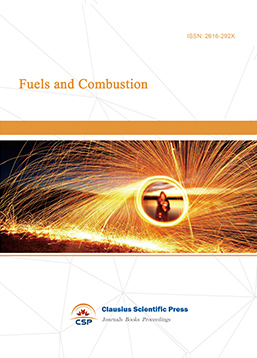
-
Casting, Welding and Solidification

-
Journal of Membrane Technology
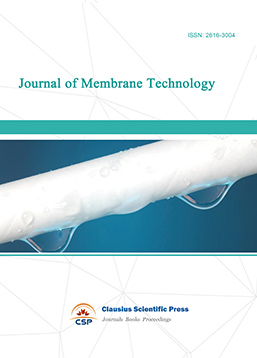
-
Journal of Heat Treatment and Surface Engineering
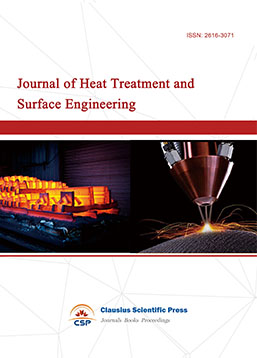
-
Trends in Biochemical Engineering
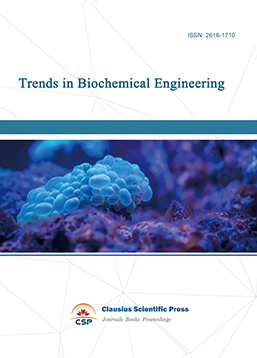
-
Ceramic and Glass Technology
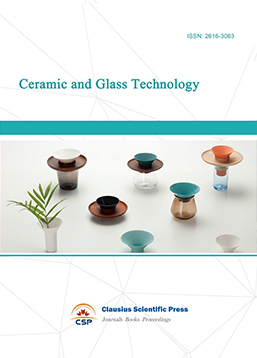
-
Transactions on Metals and Alloys
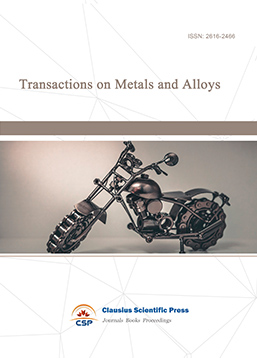
-
High Performance Structures and Materials
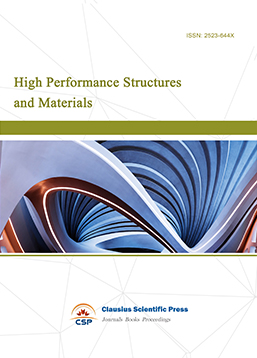
-
Rheology Letters
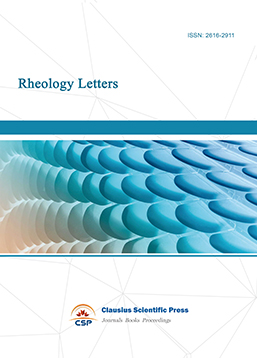
-
Plasticity Frontiers
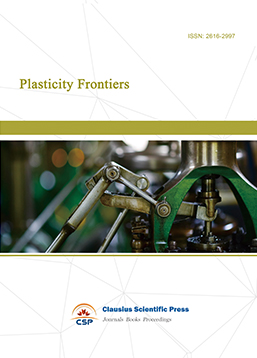
-
Corrosion and Wear of Materials

-
Fluids, Heat and Mass Transfer
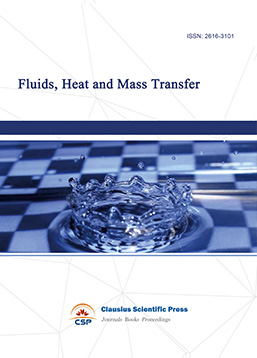
-
International Journal of Geochemistry

-
Diamond and Carbon Materials
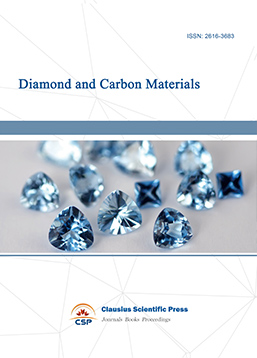
-
Advances in Magnetism and Magnetic Materials
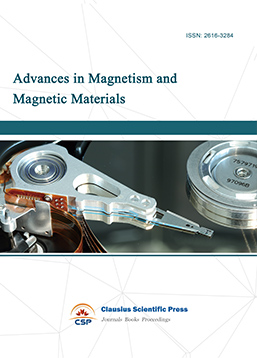
-
Advances in Fuel Cell
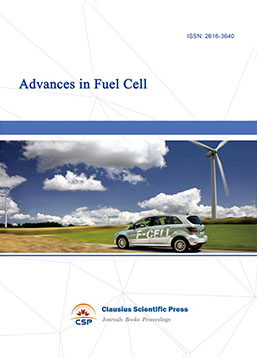
-
Journal of Biomaterials and Biomechanics
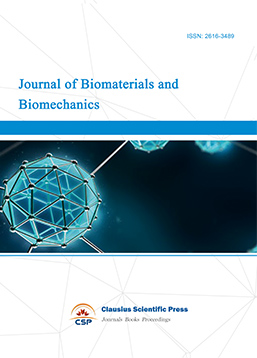

 Download as PDF
Download as PDF